AARP Hearing Center


The refrigerator just went kaput, and you need to replace it ASAP. No need to worry. We’ve got you covered. It may have been a while since you last shopped for major home items — and a lot has changed. Use this shopper’s guide to get up to speed on the latest models and options for household essentials.
WASHERS AND DRYERS
When washing machines give up the ghost, they typically leave you with a soggy mess. Even before that, a permanent bad smell might be a sign it’s time for a replacement; older units may lose the ability to adequately self-clean. And over time inner parts can loosen, causing the unit to lose its uniform spinning. Plus there’s lots of water involved with each load; leaks can emerge.
Once washers and dryers wear out, the typical path is to replace them with same-size units. But as kids move out and household activity evolves, consider downsizing your machines to save money, space and energy usage.
Top-loading is back
While most experts a decade ago would have recommended a front-loading model for maximum efficiency and the cleanest clothes, top-loading models have improved substantially in recent years, making the choice now one of personal preference, says Patric Richardson, a self-proclaimed laundry evangelist who hosts The Laundry Guy on Discovery+.
So are stackables
Stackable washers and dryers have also improved significantly in recent years, Richardson says, with many side-by-side models now built to stack as well. Another new space-saving design that is becoming more popular is the all-in-one machine, which can wash and dry your clothes without the need to move them.
Expect more sensors
Today’s washing machines can sense the level of dirt on clothes and the size of the load to determine the appropriate amount of water to use. That can be confusing at first for folks used to an older machine, who might wonder why the whole washing machine doesn’t fill with water. Dryers also now have sensors that automatically adjust the cycle time, based on the size and dampness of the load.
No need to agitate
Many of today’s models no longer have a vertical agitator in the middle of the cavity. “They have figured out how to circulate the clothes without an agitator, which is softer on clothes and uses less water,” says Andrew Morris, senior manager of policy and programs at the Alliance for Water Efficiency. “Those still work well, and they’re gentler.”
What you'll pay
A matching washer-and-dryer set typically runs $1,000 to $2,300, whether the units are stackable or side-by-side. If you need just one of the appliances, expect an average cost of $700 to $1,300 for a washing machine and $800 to $1,200 for a dryer, according to data from HomeGuide.com.

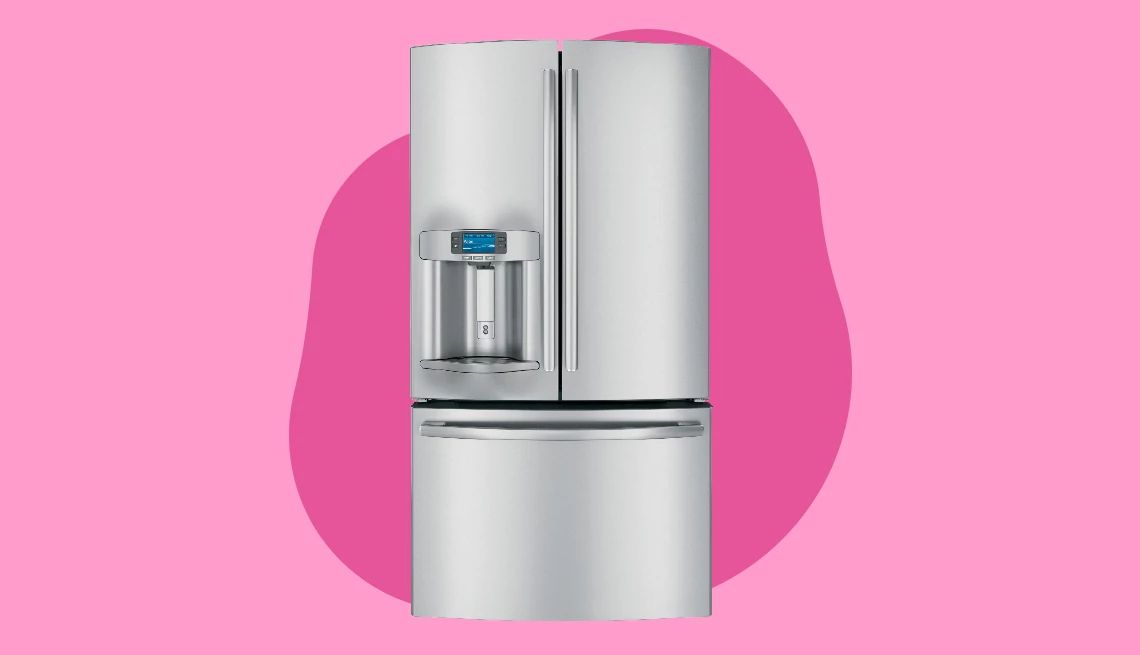
REFRIGERATORS
When your refrigerator stops running, you might have to scramble to buy a new one before your food spoils. Better yet, be proactive and look for symptoms of a dying unit, among them: increased or unusual noise, condensation on the door, frost on the inside, too-hot coils and food spoiling before its time. Nonwarranty repairs are expensive, so buying new is often the sensible approach once your fridge is more than eight years old.
There are plenty of new options when you’re in the market for your next fridge.
A different door
It’s easy to spot the innovations in refrigerators before you even open them. Today some front doors have windows so you can view the contents, while others boast a built-in computer screen (for grandkids’ artwork sans tape!). In general, expect to see more doors and drawers; higher-end units often have four or five separate ways to get in.
In-door icemakers have evolved as well, with higher-end versions offering ice in crescents, cubes, crushed, craft and other shapes for those who want choices when cooling their beverages.
High-tech cooling
For a price, you can have a fancier interior too. “You can find multipoint LED lighting, flexible shelving, multiple food-specific refrigeration zones and even ethylene gas filters, which remove the gas emitted by certain foods, like apples, so that the rest of your groceries don’t spoil as fast,” says Honey Homes general manager Andrew Perroy. You can even find models with internal cameras you can access via smartphone to check from the supermarket to see whether you’re out of milk.
Lower power needs
Despite all these new technologies, today’s refrigerators are more efficient than those sold five to 10 years ago. While fridges with an Energy Star rating are the most efficient, even a model with average energy efficiency (check the yellow Energy Guide tag on the model in the store) should deliver energy — and utility bill — savings if you’re upgrading from a model that’s more than a decade old, says Jill Notini, vice president of communications for the Association of Home Appliance Manufacturers.
What you'll pay
A basic model will cost about $500; it’ll be much like basic units of the past, just more energy efficient. Higher-end, tech-enabled models in standard sizes often cost $2,000 to $3,500; top-end units designed to be built into the cabinetry can run as high as $10,000.


























































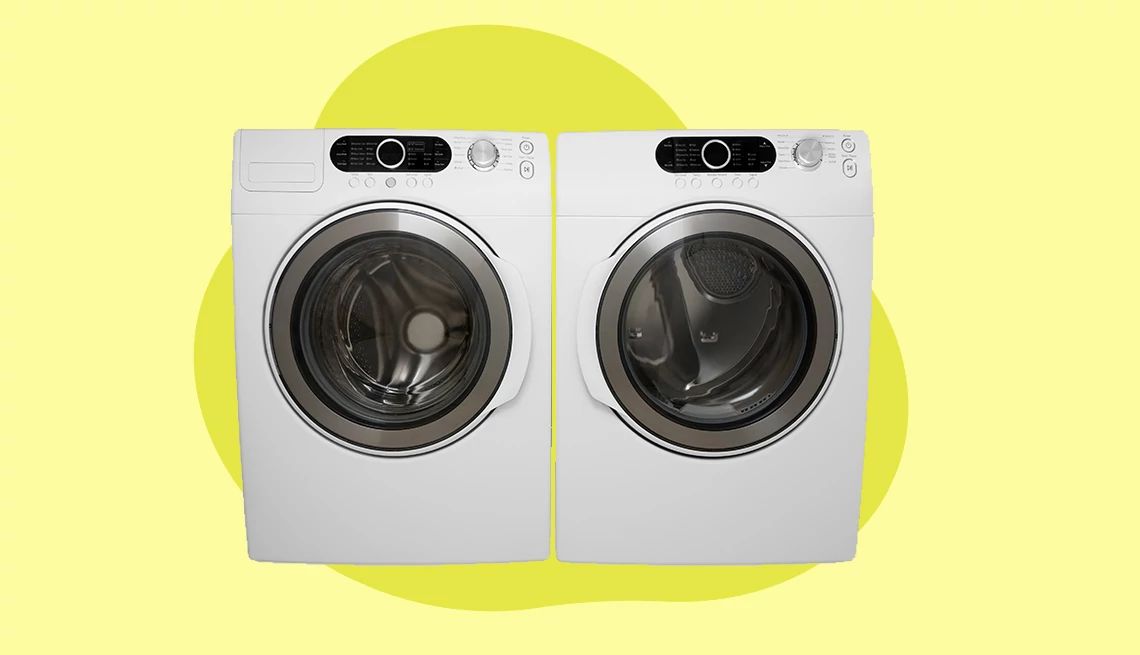


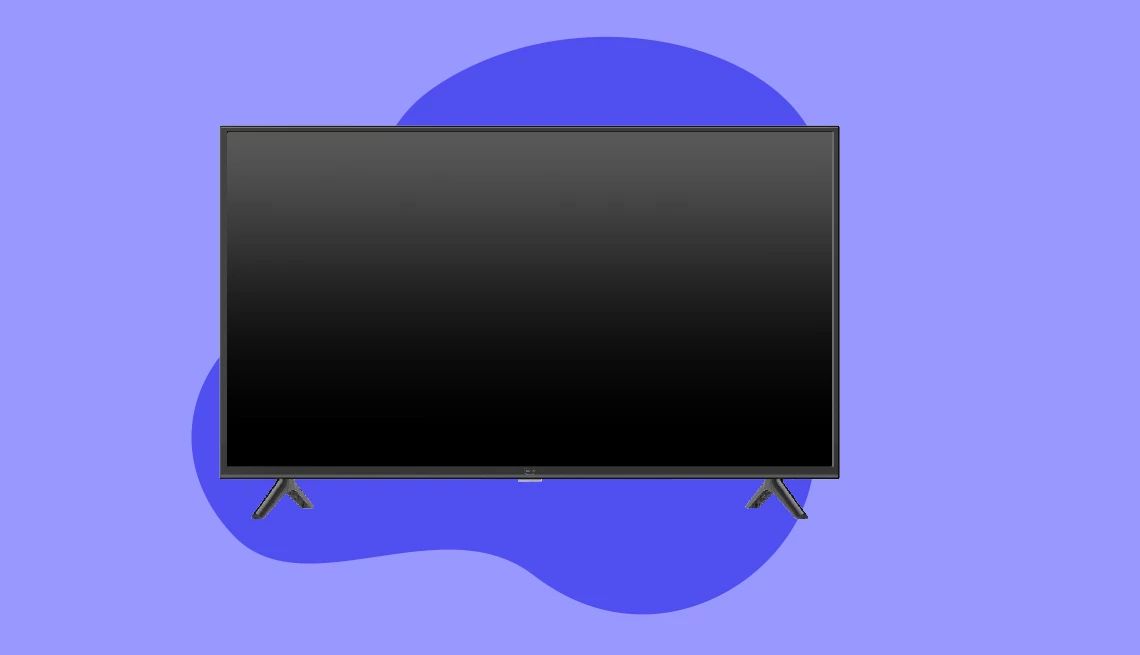
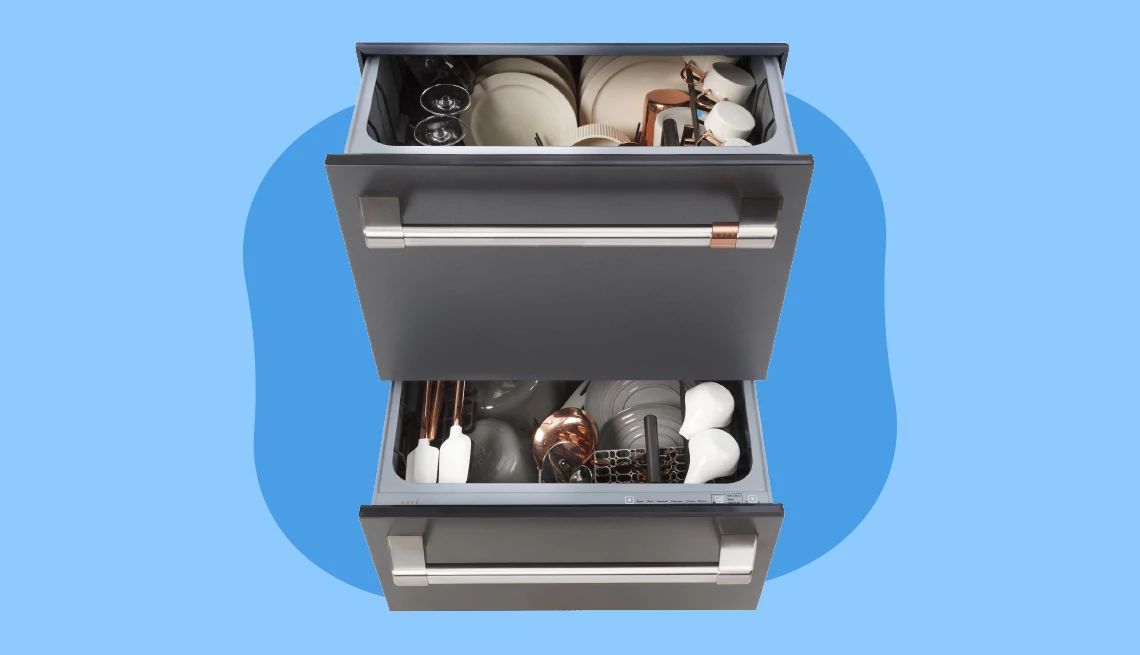
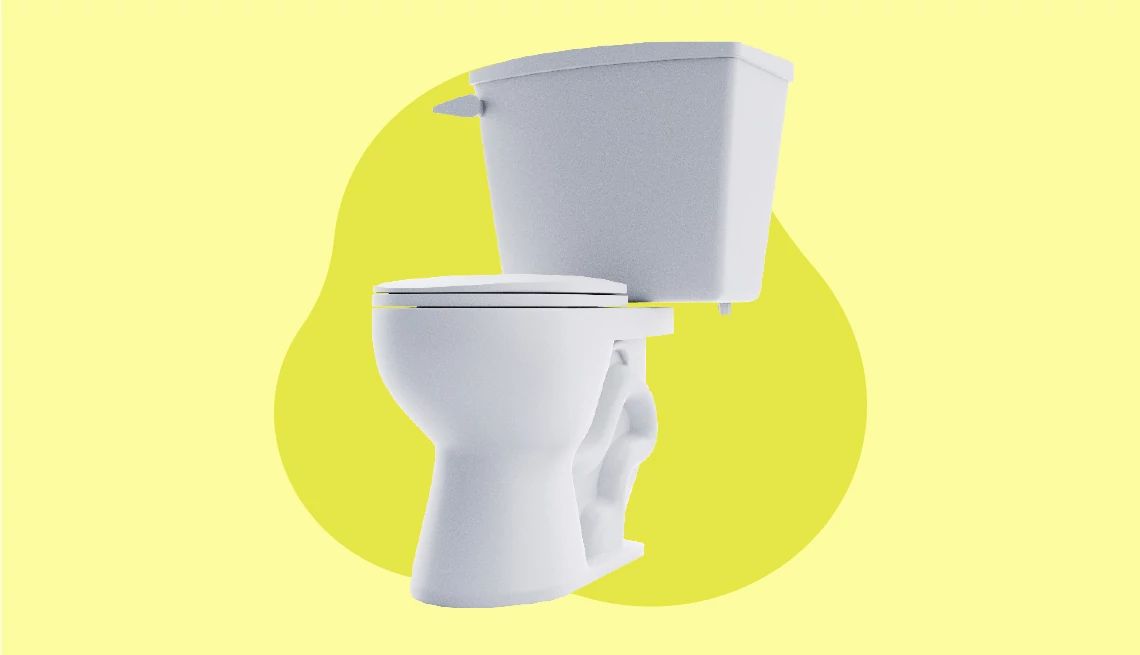
You Might Also Like
Caring for Your Home Appliances
Our guide to making your appliances work better, last longer
How to Keep Your Car Running
Learn ways to maintain your vehicle and save time and money
Should You Buy a Robot Lawn Mower?
An early adopter of this new technology shares pros and cons
More Members Only Access
Enjoy special content just for AARP members, including full-length films and books, AARP Smart Guides, celebrity Q&As, quizzes, tutorials and classes
Recommended for You